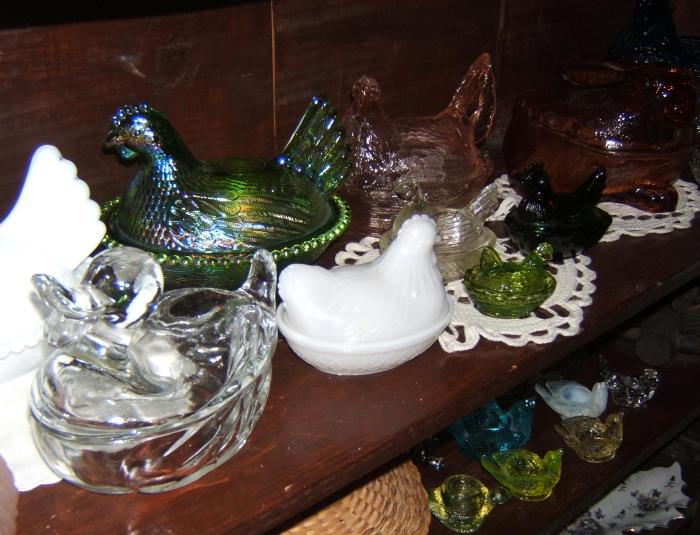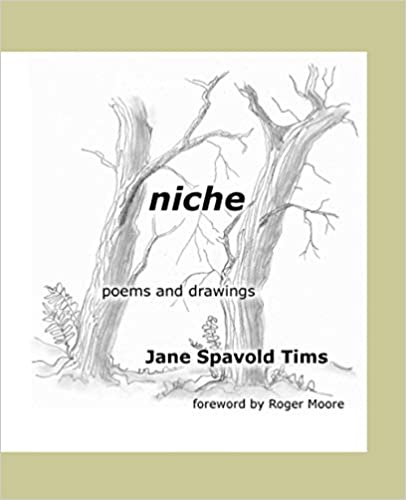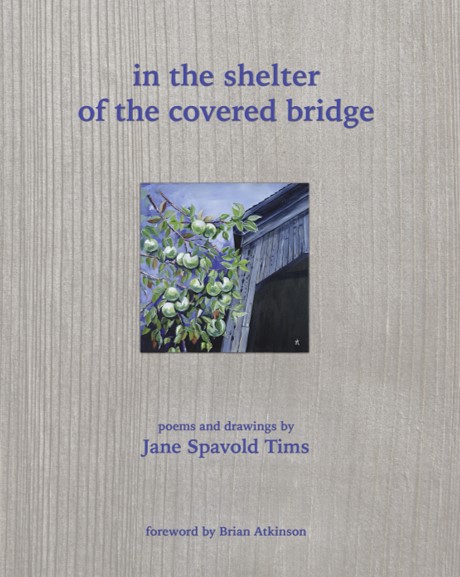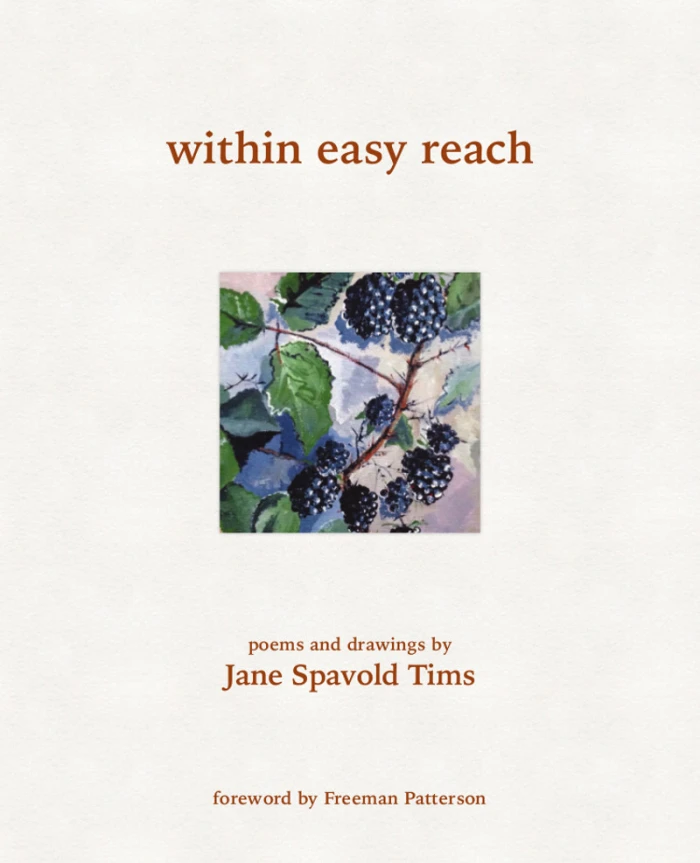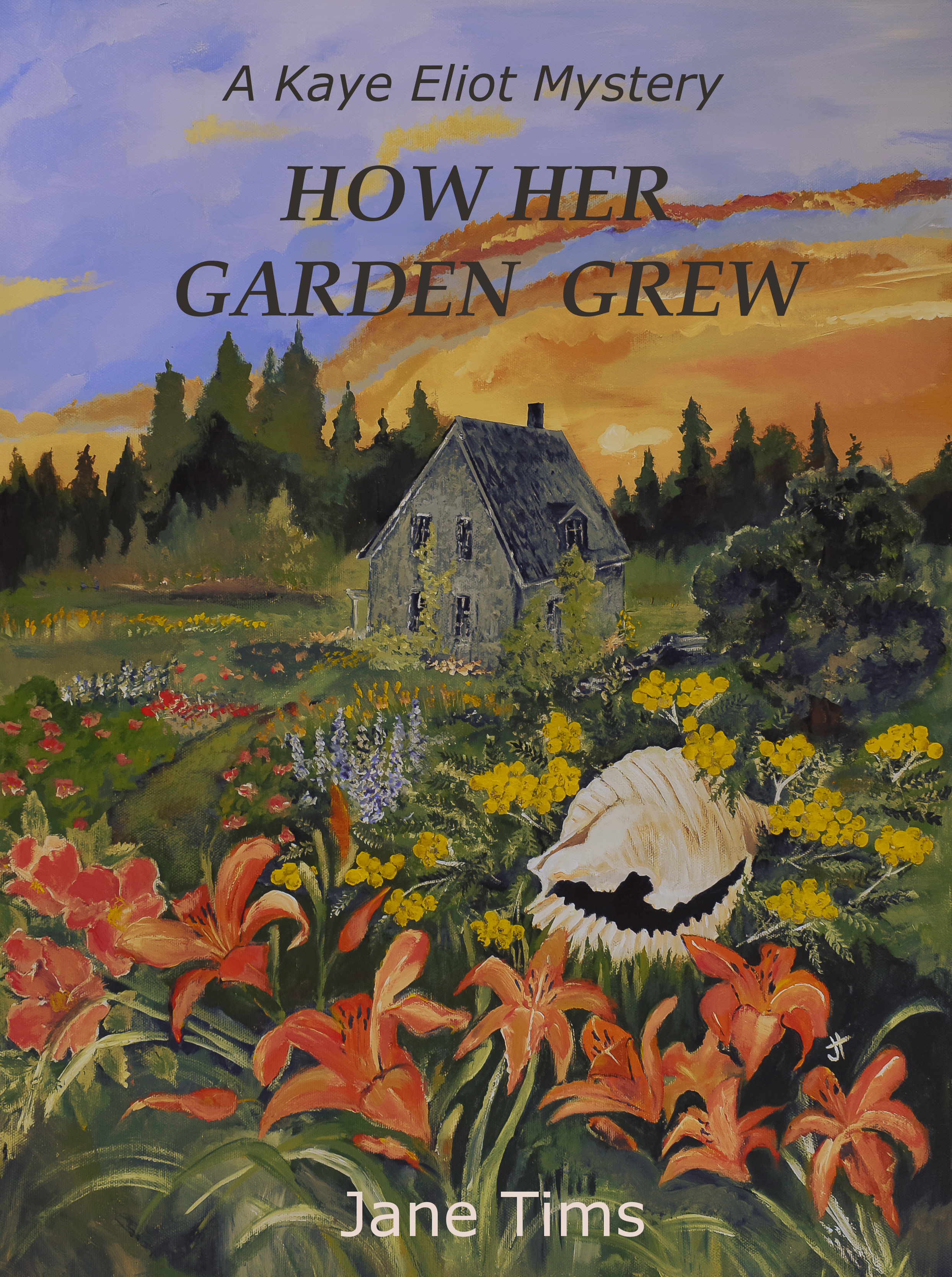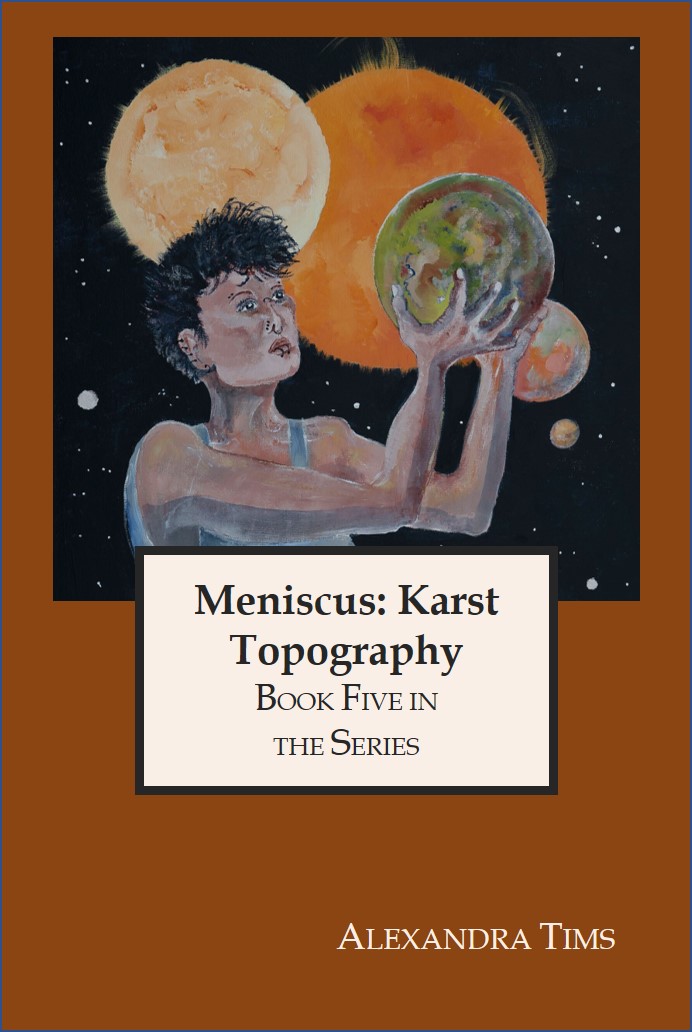Archive for January 2013
abandoned boat
On Monday, we drove to Black’s Harbour. On the new highway, where it crosses the inland dregs of Oak Bay, the ice was broken into big sheets along the shore. There, in the icy debris, was an abandoned fishing boat, a wreck. Although I have never seen it before, it has probably been there a long time.
~
Foggy Molly
~
she had a sixth sense –
kicked in on a grey day
when mists lobbed across the bow
and thickened her passage
she loved flat water
and a blanket of fog
~
she was nervous of a big sea,
preferred to be tied, snug
to the wharf,
to lift and settle,
to lift and settle
moved by the inhalation,
the exhalation
of the tides
~
ironic – she broke up
at berth, waiting for a re-fit
smashed by a nor’easter
and cleavers of ice
~
~
Copyright Jane Tims 2013
dazzled by dresser jars
Dresser jars have always been an interest of mine. You often see them at antique stores and at auctions.
My Mom had an iridescent peach-colored dresser jar with a glass terrier on top and a pink-colored dresser jar with a young deer.
My collection of dresser jars is one of my favorite possessions. The collection includes several dresser jars of a type made in the 1930s to 1950s (by the Jeannette Glass Company). They are all round, made with clear or iridescent glass. They were used as jars for women’s dressers, to hold powder.
I have four young deer (or ‘Bambi’) dresser jars, two iridescent peach-colored, one pink and one clear…
three swans, one green, one blue-green green and one amber (the swans have a cut-glass base and a hollow in their backs to hold lipstick)… I also have a clear swan, top only…
two terrier dog dresser jars, both peach-colored and iridescent…
and one poodle dresser jar, peach-colored and iridescent…
This year, I added an elephant dresser jar made of clear glass to my collection.
~
Do you know of any other designs in this type of dresser jar?
~
Copyright Jane Tims 2013
collecting glass animals
Today, I cleaned my collection of glass animals. Cleaning them takes a long time since I don’t clean them often. I wash each piece in soapy water and air dry it on a towel. As I work, I enjoy their sparkle and I think about how I got each piece. Since most of them are second-hand, I think about the unknown people who owned them before me.
Most of the animals in my collection belong in one of three categories: covered dishes, candle holders and dresser jars. A couple of the pieces belonged to my Mom. A couple of them are pieces she gave me as gifts. The rest, I found over the years at antique stores or auctions.
The covered dishes are mostly hens or chickens…
My favorite hen dish is a funny round chicken in clear glass…
I also have a rabbit in this collection…
and a duck…
I have a few glass birds of various colors. Each bird has a berry in its beak, and a hollow in its back to hold a candle…
I’ll show you some of my dresser jars in the next post.
Do you have a hen dish among your dishes?
~
Parting the Collection
~
1.
to collect: to gather together
these prisms
of glass and light
took a lifetime
what will become of them
when what becomes of me?
~
2.
collect: a short prayer
from a mouth like dust
~
I bid for each
between Limoges and Occupied Japan
with a steady hand
and a palpitating heart
~
3.
sapphire
feathers pressed into glass
bird in the house
at the window
~
cut crystal
edge of flight
from the menagerie
~
ruby swan
amethyst bee
topaz duck
~
glazed eyes
~
4.
lenses rise in your throat
siliceous gasses
burst from your beak
as a berry
~
past and future
transparent
~
shards of glass
shared among
my daughters
do not understand
the meaning
of collection
~
do not know
a Sybil
rises in your beak
~
~
Published as ‘Parting the Collection’, The Antigonish Review 95, Autumn 1993
Revised
~
Copyright Jane Tims 2013
dear deer
This year, I moved our feeders to our front yard.
They are not so easy to see from the house, although I have a good view from the window of our library.
The deer have liked the new feeding station. We see them almost every day. They empty the feeder too quickly and also visit the compost pile. We don’t deliberately feed the deer, but they visit the feeders anyway.
~
deep and delicate, hoof print
evidence, this space is shared
~
deer, eat peelings by moonlight
one floor up, we sleep, unaware
~
lulled by winter carbs
carrots and potatoes in the supper stew
~
Copyright Jane Tims 2013
featuring a 1941 International truck
I have had a few poems accepted for publication recently. These include ‘abandoned resort hotel, Devil’s Head’; ‘Berries in Cellophane’; and ‘1941 International K-4’. They appear in Issue 10 (Spring, 2013) of The Lion’s Head Magazine (online). You can have a look at these three poems at http://lionsheadpress.blogspot.ca/
~
‘Berries in Cellophane’ is from my manuscript on growing and gathering local foods.
The poems ‘abandoned resort hotel, Devil’s Head’ and ‘ ‘1941 International K-4’ are both part of a series, not yet completed, on abandonment. This series began my interest in abandoned churches, and lead to the novel I am now working on – ‘Saving the Landing Church’.
~
The poem ‘1941 International K-4’ was inspired by an old International truck, seen in a wood lot in southern New Brunswick in the fall of 2011. It was set up on steel drums and looked like it was no longer used. Rusted and out-of-commission, she was still elegant to behold. The poem came easily, written in the ‘voice’ of the truck, recalling its various adventures.
Have a look at the poem in Lion’s Head Magazine and let me know what you think.
~
Copyright Jane Tims 2013
editing to remove the passive voice
I am still editing my novel, aiming for the third draft. Today is about finding and eradicating the passive voice. When I find an instant of the passive voice, I try to find a better, more active way to present the idea.
The passive voice occurs when the object of an action is expressed as the subject. ‘The book was read by Jane’ (passive voice) … instead of … ‘Jane read the book’ (active voice).
The passive voice is often accompanied by a form of the verb ‘to be’. A simple example: ‘The text had been edited by the teacher’ (passive voice) … ‘The teacher had edited the text’ (active voice).
The active voice is usually preferred because it’s direct, energetic and less wordy. Sometimes the passive voice is Ok to use – for example, if the agent of an action is unknown or unimportant: ‘The letters were misdirected to Toronto.’
~
Here are examples of some of the changes I have made:
~
Passive : The louvers of the belfry were splintered where they had been damaged by the move.
Active: The move had damaged the louvers of the belfry, splintering the wood.
~
~
Passive: Our taste buds were teased by names like the Pickle in the Barrel Pub, Heavenly Hash, and Bob’s Country Diner.
Active: Names like the Pickle in the Barrel Pub, Heavenly Hash, and Bob’s Country Diner teased our taste buds.
~
~
Passive: The deconsecration has been approved by the Diocese
Active: The Diocese has approved the deconsecration.
~
~
I treat my edits of dialogue a little differently with respect to the passive voice. People often speak in the passive and so I am careful to edit for what sounds natural rather than what is grammatically correct!
~
Copyright Jane Tims 2013
the case of the missing…
My Mom always loved her belongings and kept excellent care of them. She also tried to keep track of them, but with four children (especially me), occasionally items went missing.
Once she called me in great distress. She had been all over her property and could not locate the second wheel from a pair of wagon wheels she knew she had.
I said she didn’t have to worry. I had taken the wheel as a decoration for my yard.
Today, I can look out at my winter garden, and see Mom’s missing wagon wheel.
Copyright Jane Tims 2013
writing a novel – the first reads
So, I have completed the second draft of my novel. This stage follows the pages of edits I had after reading my book on my e-reader. It took two long days to make the changes. I emerged from the experience feeling that I needed a few other eyes on my work before I start another draft.
I am lucky to have two people in my family who have volunteered to look at the draft, my son and my niece. I am also fortunate to belong to a couple of writer’s groups and some of these brave folk have agreed to give the draft a critical read. I don’t know what to expect, but it will be so helpful to see their comments, both good and bad. I am so grateful to them all.
My husband is also listening to the draft. Just before we watch Coronation Street each evening, I read a chapter from my novel to him. He is no book-worm, but he listens carefully and gives me his impressions. He is especially helpful on some of the technical issues. For example, my main character’s husband, Tom, is a welder, and my husband explained to me that you can’t weld copper to steel. Also, I find errors as I read. So, I make a few changes each evening.
~

Tom, my main character’s husband, is a welder… in the novel, he makes a series of wind sculptures for the writers’ retreat… this wind sculpture is one we have at our real property by the lake
~
I am rapidly coming to a time when I will leave the draft untouched for about three weeks. This is Stephen King’s advice (On Writing, 2000). It will give me a chance to return to my poetry and meet some upcoming deadlines. Then I will pick up the draft of my novel, to read it as if brand new! Who knows what idiosyncrasies I will find!!!
~
For you to read, here is an excerpt from the book, about Tom’s wind sculpture:
~
‘You shouldn’t be welding, you know,’ I said. ‘The doctor said you might improve if you stayed away.’
‘The doctor said I’d already done all the damage I could do,’ said Tom.
I was silent. It was an old argument. Tom didn’t want to hear about possibilities. He believed in the frozen-cold facts.
‘Hey, girl, have a look.’
He lifted part of his project from the bench. The main element was a long cylinder of steel. In a coil around the cylinder, he had welded a thick, inflexible steel wire. To the flat end of this wire, Tom had screwed a broad triangle of copper sheeting. The triangle was shaped like an oak leaf, cupped and angled to catch the wind. Tom stood the cylinder on its end and it became a tree with a single clinging leaf. He reached for another piece of formed metal and threaded the two together. With his hands, he moved the unit, giving me a glimpse of the way it would move in the wind.
‘It’s wonderful,’ I said, always awed by the mellow gleam of the copper and his ingenious designs. ‘How many leaves will there be?’
‘Nine, in three layers,’ he said. ‘It’ll be taller and quicker than the others.’ He had already finished the first three in a series of these wind mobiles. Eventually, they would be part of a sort of garden he had planned for the property. ‘Writers,’ he said, ‘will visit the wind garden and be inspired.’
The whisper of the wind and the mobile joinery of the sculpture, the exchange of light between the burnished metal and the shimmering lake, together these would create a magical, rhythmic experience of light, movement and sound, perfect for meditation and contemplation.
~
Copyright Jane Tims 2013
a moment of beautiful – icicles
the space: drip line of a house on a winter day
the beautiful: icicles
~
On the day after an increase in temperature, when the snow from the roof is melting, the front of our house, on the south side and in full sun, is always dripping and making icicles.
They glitter and sparkle, sculptural wonders of frozen water.
~
~
~
ice storm
~
for three days
freezing rain and willow
have hung uncertain magic
along the river
~
ice in layers
laid on the bones
of the tree tops, branches break
candy-coats crack in the sun
~
I refuse the sparkle
resist the awe
worry
the bones will not recover
~
~
© Jane Tims 2009








